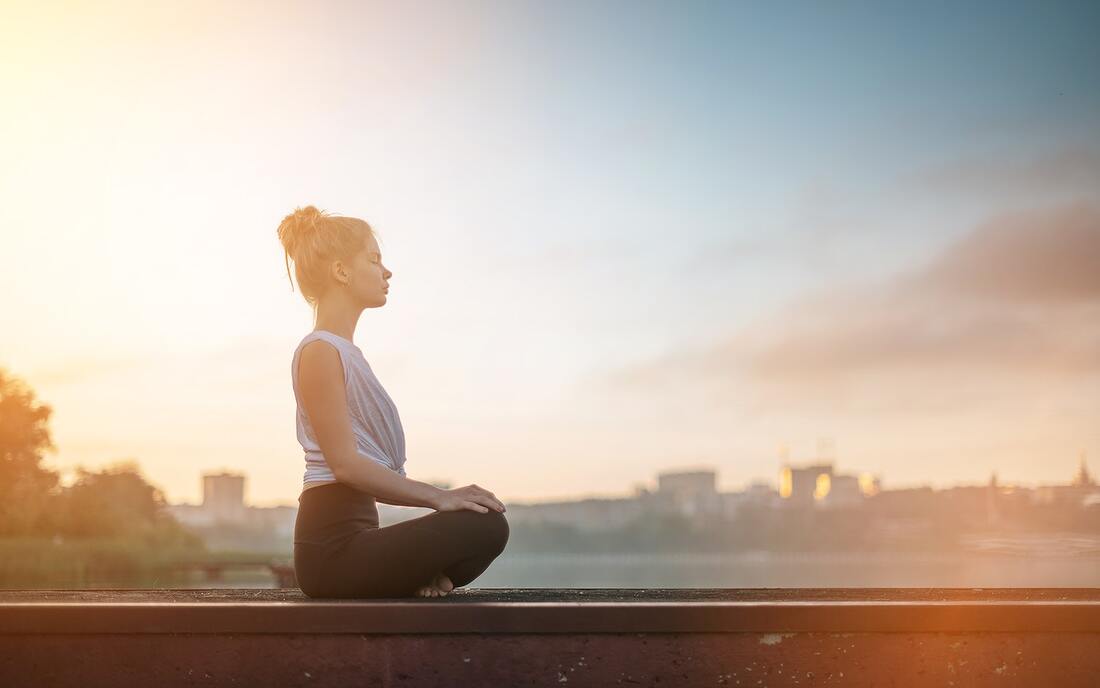What Meditation Really Is
Meditation is basically the art of sitting still on purpose, except it is more than just sitting there like a lump. It is choosing to pay attention to something in a steady way, whether that is your breath, a sound, a thought, or even nothing at all.
People sometimes treat it like a mystical superpower, but at its core it is just training your brain to focus and to notice what is going on without instantly reacting. You do not have to buy into any guru-level mysticism for it to work, though as Bill Burr (American stand-up comedian known for his cynical, blunt, and self-deprecating humor) once said about people overcomplicating things, “It’s like going to the gym and lifting a spoon”1.
The Modern Approach
The modern, secular version you see in apps and wellness magazines usually borrows from older Buddhist, Hindu, or Taoist practices2, then strips out the chanting and incense so it can fit neatly into a 10-minute break between work emails. In the United States, surveys show that about 14% of adults say they meditate regularly3, a number that has tripled since 2012, which makes it one of the fastest-growing wellness trends.
I have been using the Calm app at least five times per week for the past several years, and one of my favorite things is when it reminds me to relax my face and neck. Without fail, every single time, I realize I am holding more tension than I thought possible in my forehead, jaw, shoulders, and all the way down my back.
It has become a conscious process to relax those muscles, like finding hidden knots you did not even know were there. Over time, I have gotten quicker at noticing that creeping stiffness, but it is still a daily discovery.
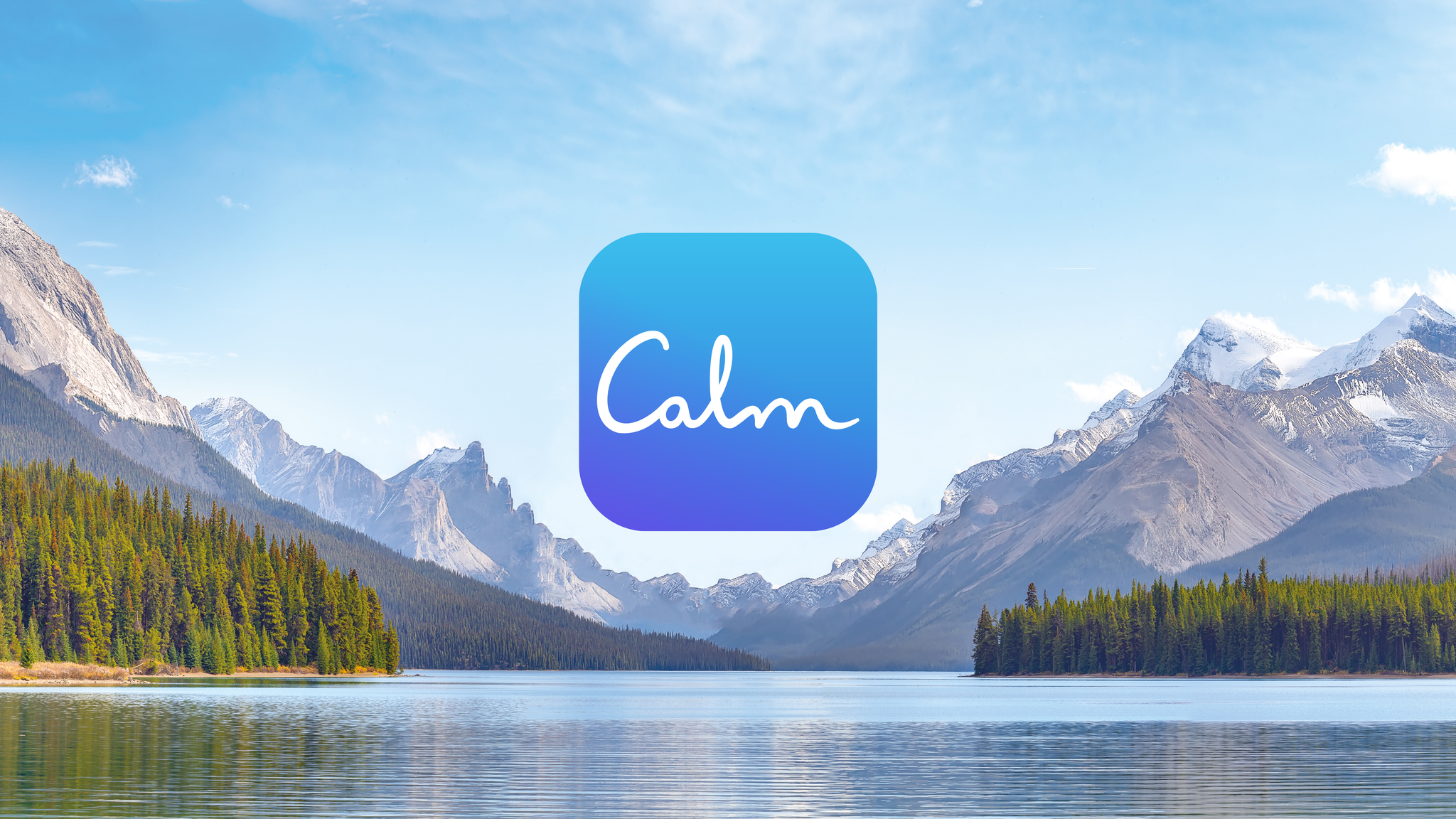
Ancient Roots
Humans have been doing some version of meditation for thousands of years, and not just in Asia. In ancient India, the Vedas talked about deep contemplation as far back as 1500 BCE4. The Buddha (Siddhārtha Gautama, spiritual teacher whose philosophy became the foundation of Buddhism) taught very specific ways to meditate about 2,500 years ago5.
In ancient China, Taoists used breathing exercises, visualizations, and moments of pure stillness6. Even the Greeks got in on the action, though Plato and his crew would have called it contemplation instead of meditation. Indigenous cultures around the world have long used trance states, rhythmic drumming, and guided inner journeys as a way to heal, connect, or seek visions.
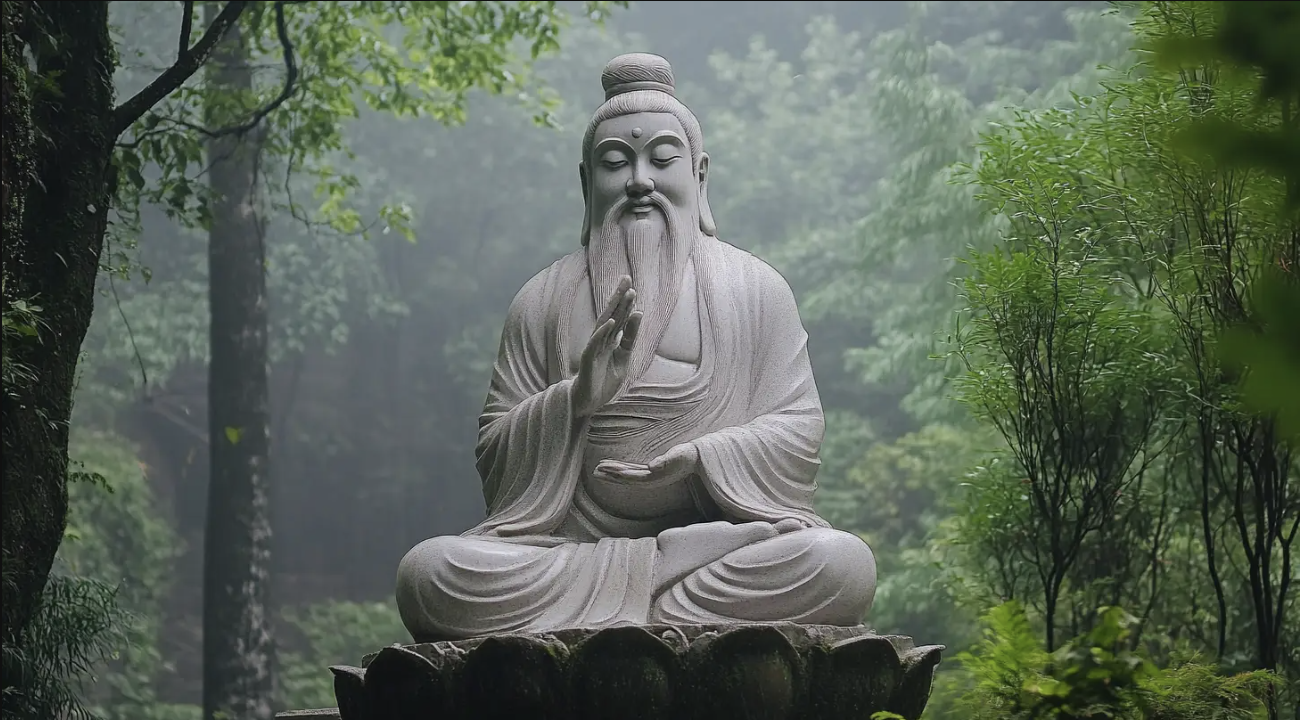
Why We Do It
George Carlin (legendary American comedian and social critic known for sharp, often irreverent takes on culture) once joked that people have been trying to get out of their own heads since the first caveman sat down and thought, “This is too much thinking.” Today’s science backs up that ancient impulse, with studies showing meditation can reduce anxiety levels in about 60% of participants7 and lower markers of inflammation in the body by as much as 30%8.
The point of meditation depends on who you ask. Some people do it to calm down and handle stress better. Others want sharper focus and a mind that does not wander every three seconds. For some, it is about understanding themselves more deeply or becoming more compassionate toward others.
In certain traditions, meditation is the doorway to spiritual insight or even enlightenment. In modern psychology and psychiatry, it is also used as a practical tool to help with anxiety, depression, PTSD, and sleep issues.
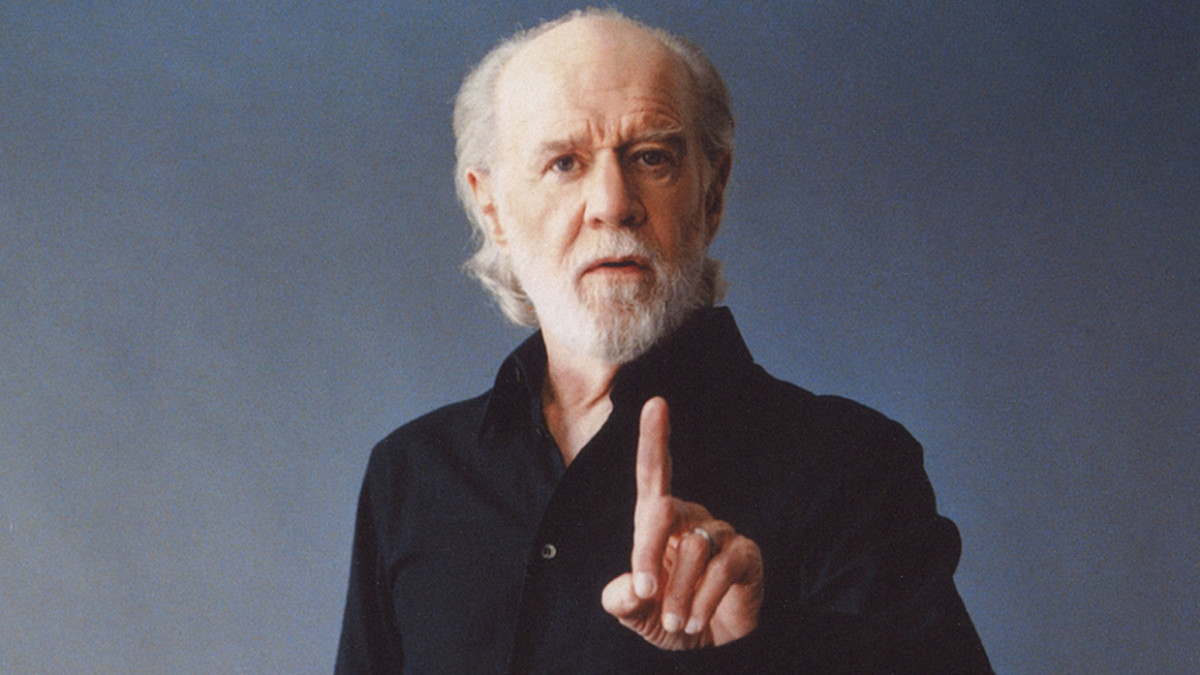
The Brain on Meditation
Bill Hicks (American comedian and social satirist famous for philosophical rants) once said, “It’s just a ride,” and meditation can make you notice the ride instead of clinging to the safety bar in panic.
Research shows that eight weeks of mindfulness training can shrink the amygdala9, the part of the brain linked to fear and stress, by measurable amounts, while also thickening the prefrontal cortex, which is linked to decision-making and emotional control10.
At the very least, it can make you less likely to snap at someone just because they chewed their granola bar too loudly — which could be a lifesaver, given that 84% of Americans report feeling more irritable when stressed11.
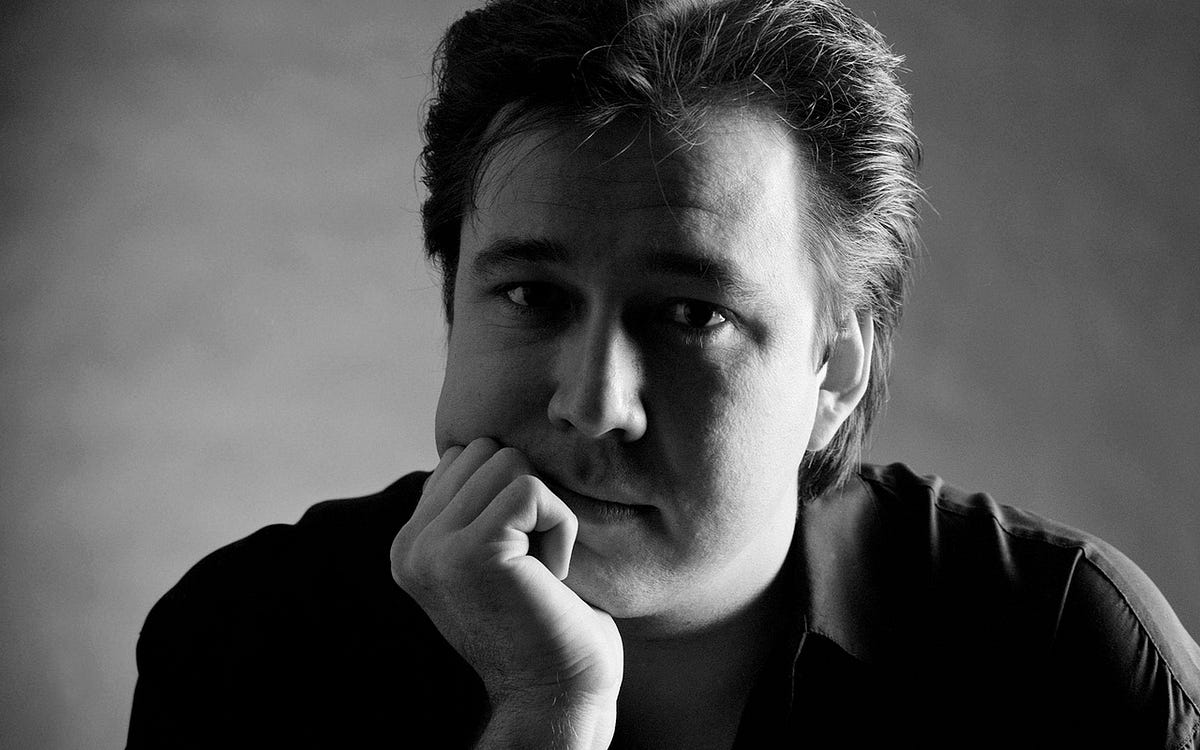
Breathing as Therapy
One thing that often shows up in therapy alongside meditation is the suggestion to learn breathing techniques. This can sound suspiciously like a throwaway line, as if your therapist has run out of ideas and is just telling you to breathe, but there is more to it than that.
The most common ones include slow diaphragmatic breathing, box breathing where you inhale, hold, exhale, and hold again for equal counts, and 4-7-8 breathing where you inhale for four seconds, hold for seven, and exhale for eight. There is also alternate nostril breathing which is exactly what it sounds like.
These techniques are designed to send a message to your nervous system that you are safe, which can slow your heart rate, lower blood pressure, and calm the fight or flight response12. Women from IHIP (a collective of women mental health practitioners focusing on integrative, holistic, and psychodynamic approaches) have described how such simple practices can make the difference between “losing your cool in three seconds or remembering you have other options.”
Clinical trials have shown that paced breathing can lower systolic blood pressure by up to 11 points13 and reduce cortisol, the stress hormone, by nearly 40%14.
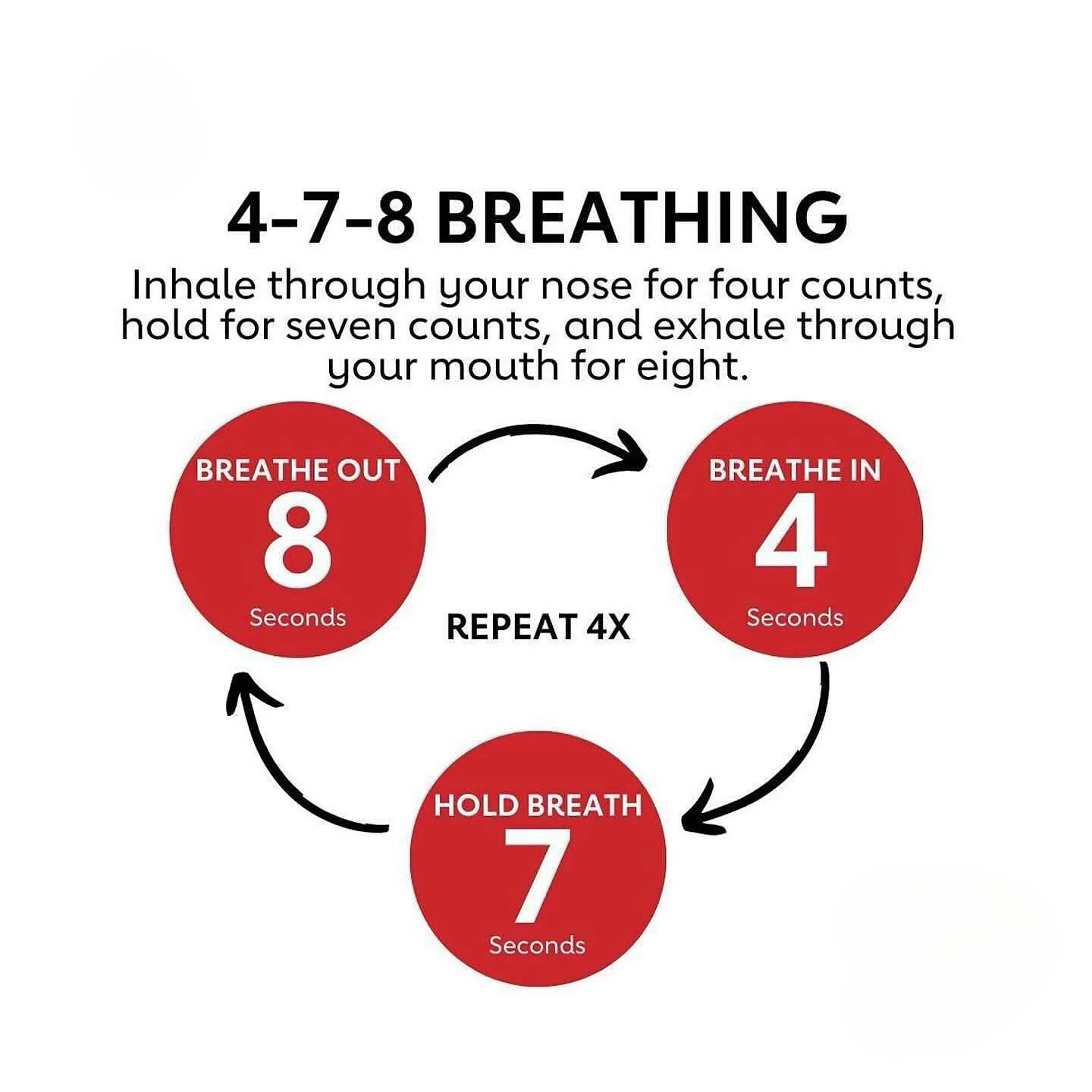
No Guru Required
You do not have to be a Buddhist, follow any religion, or have years of training to meditate. Anyone with a few minutes and the willingness to give it a try can start right now.
Some people like to set up a small altar, which in this context just means a little personal space with objects that help you feel calm or focused. It might have a candle, a plant, a photo, or anything meaningful to you. You do not need one to meditate15, but for some people it is like setting the stage for a performance.
The women of Hysteria (a female-led political and cultural podcast known for sharp, comedic commentary on current events) once joked that if an altar helps you, great, but “most of us would settle for a chair that isn’t covered in laundry.”
Different Styles of Practice
There are lots of ways to meditate, from staring at a candle flame to silently repeating a phrase to yourself, to simply noticing whatever pops up in your mind and letting it drift away like a cloud. Some people like to focus on sending out feelings of kindness toward themselves and others. Others prefer to move while meditating, like in yoga or tai chi, or to imagine peaceful scenes in their minds.
Studies show that loving-kindness meditation can increase positive emotions by about 25% after just a few weeks16, while movement-based meditation like tai chi has been linked to a 20% improvement in balance and coordination in older adults.
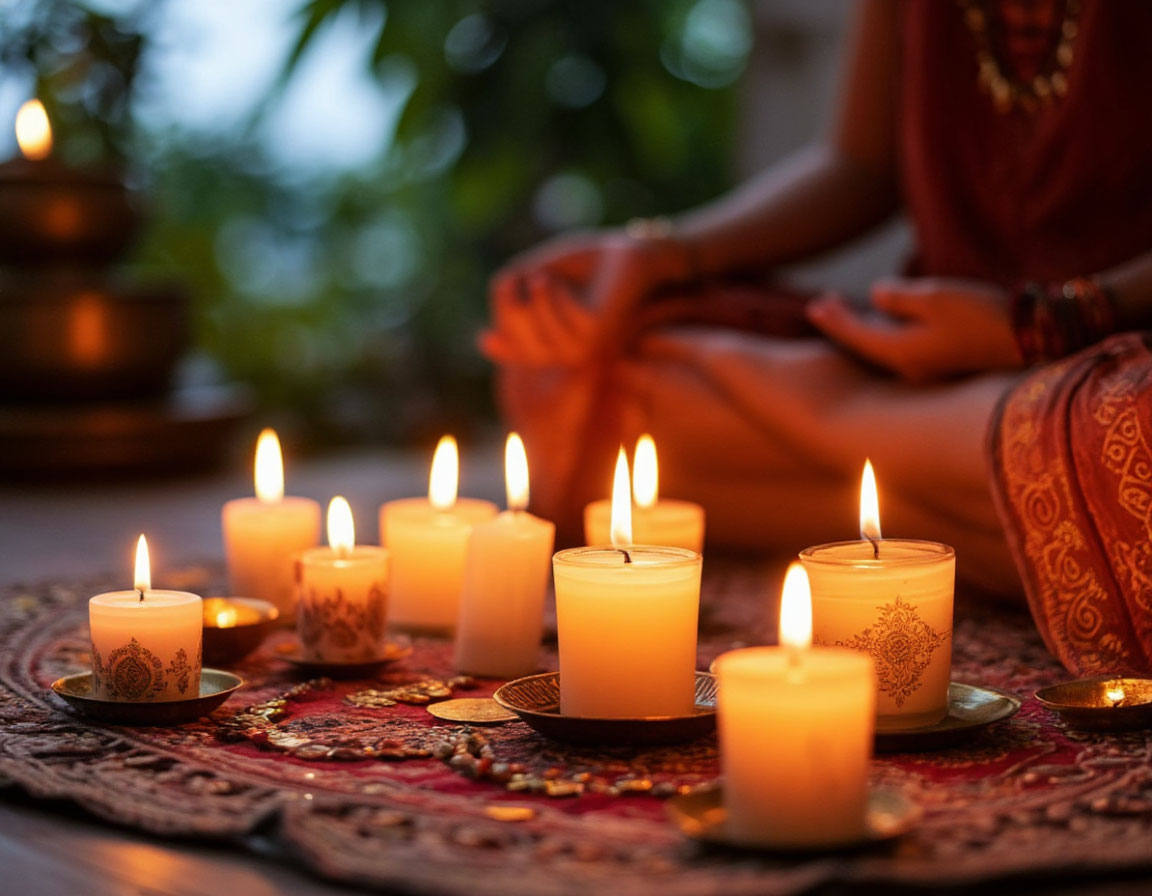
Tools: Bells, Silence, and Apps
You may have noticed that some people use bells in meditation while others use nothing at all, and then there are those who swear by apps. Bells, especially in Buddhist and Zen traditions, signal the start or end of a session or give you something to focus on besides your own thoughts.
Silence can be the ultimate test of self-reliance, because it forces you to settle your mind without any external help. Apps are like training wheels for the brain, giving you timers, guided sessions, and themes so you do not have to sit there wondering if you are “doing it right.”
Meditation apps have exploded in popularity, with Calm alone reporting more than 100 million downloads17 and Headspace users completing over 70 million guided sessions in a single year.

Retreats and Deep Practice
Some people take meditation further by going on retreats where they meditate for days or even weeks at a time. These retreats are often held at monasteries, retreat centers, or even remote cabins. The idea is to strip away daily distractions and immerse yourself in deep practice, sometimes in silence, sometimes with guided sessions from a teacher.
They can be life-changing for those who can manage them, but they require a serious time commitment, money for travel and lodging, and the willingness to spend long hours alone with your own thoughts. That last part is where many people tap out.
Meditation itself does not have a fixed time limit. It can be as short as three minutes or as long as you can manage without falling asleep or plotting your grocery list. On retreats, sessions may last forty-five minutes to an hour, repeated several times a day, which can feel endless if you are not used to it.
In surveys of retreat participants, about 70% report feeling a greater sense of mental clarity afterward18, but nearly half say they also experienced at least one day of wanting to leave early. Many people find the idea impossible because sitting still for that long feels unnatural in a world where we are trained to keep moving and multitasking.
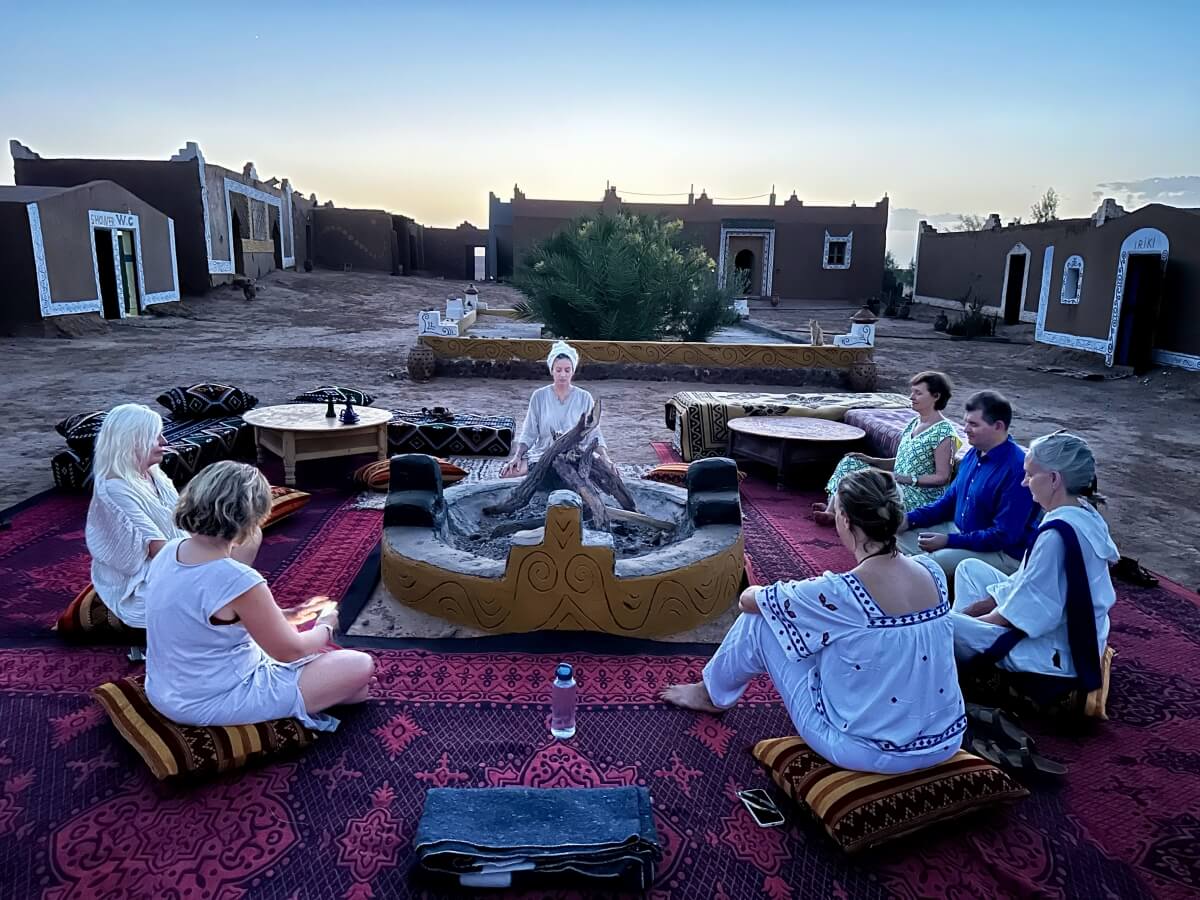
Monkey Mind vs. Affirmations
That constant wandering is what Buddhists call “monkey mind.” It is the experience of your thoughts swinging from one branch to another, chattering away, grabbing at every shiny idea, memory, or worry. Everyone has monkey mind, and it is not a sign that you are bad at meditation.
This is different from positive affirmations, which are intentional phrases you repeat to yourself to reinforce a belief or encourage a certain mindset. Affirmations are about planting specific thoughts, while meditation is more about observing whatever thoughts show up without getting tangled in them.
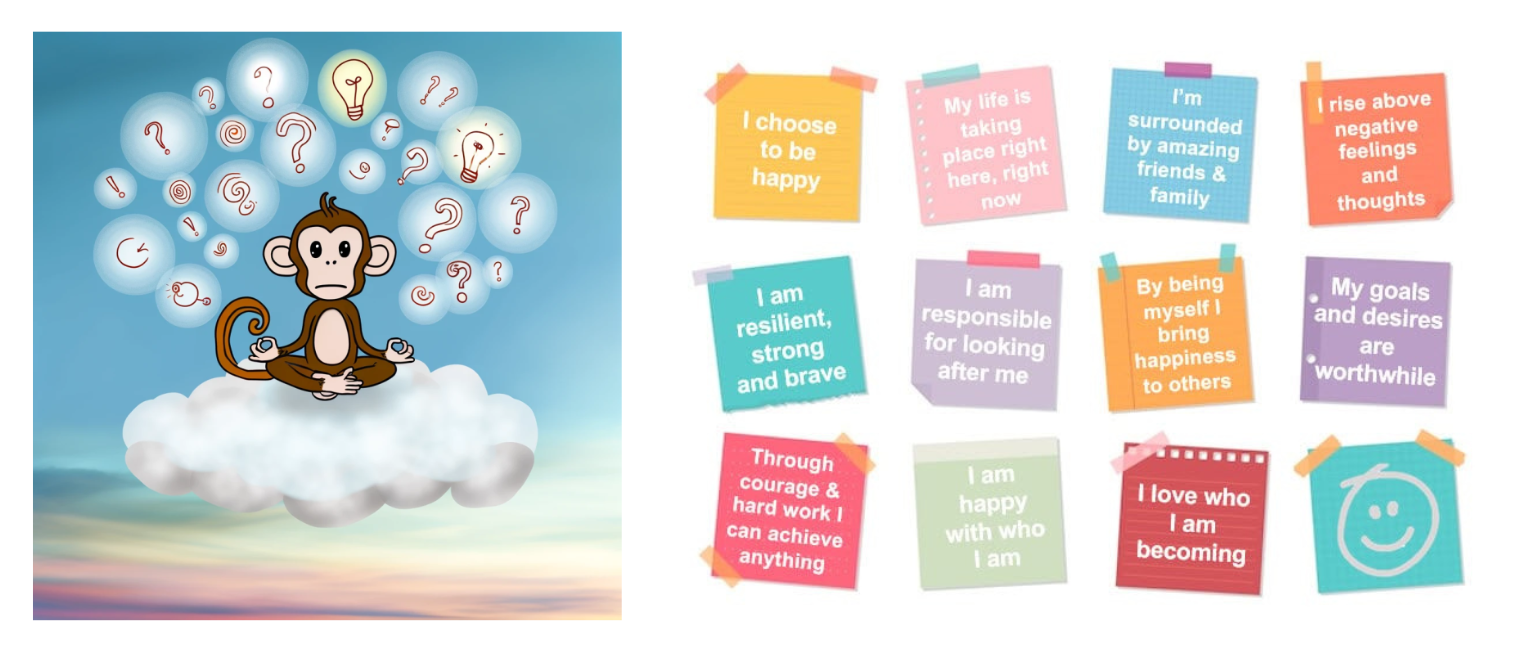
A Simple Starter Guide
If you have read this far and are thinking “Fine, but how would I even start?” here is your short, funny starter guide.
First, find somewhere you can sit without being interrupted for a few minutes. This could be on the floor, on a chair, or even in your parked car if the household chaos is too much.
Second, pick something to focus on, like your breath. Inevitably, your mind will start planning dinner, replaying an argument from three years ago, or wondering if penguins have knees. As the women from Hysteria would put it, “Your brain will try to turn this into a productivity meeting. Don’t RSVP.”
The moment you notice you have wandered, gently bring your attention back to your breath. That is it. You have officially meditated.
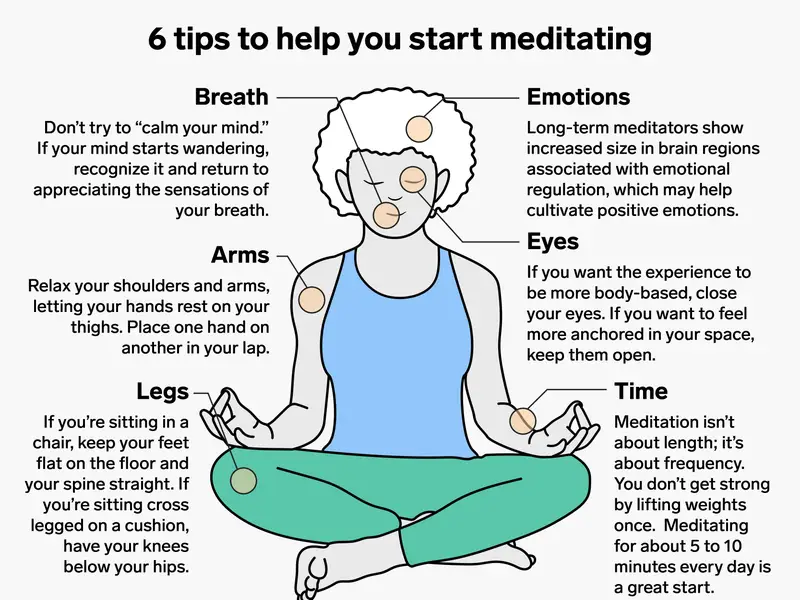
Continuing the Conversation
If you want to talk more about any of this, have your own story to share, or need guidance on where to go next, I’m available. You can reach me through my website at https://boulderpsychiatryassociates.com, or you can keep the conversation going right here in the comments section.
References
- Burr, B. (2012). You People Are All the Same. Netflix, stand-up special. ↩
- Kabat-Zinn, J. (1994). Wherever You Go, There You Are: Mindfulness Meditation in Everyday Life. Hyperion, pp. 15–19. ↩
- Clarke, T. C., Black, L. I., Stussman, B. J., Barnes, P. M., & Nahin, R. L. (2018). Trends in the use of complementary health approaches among adults, 2002–2017. National Health Statistics Reports, (137), 1–16. ↩
- Feuerstein, G. (2001). The Yoga Tradition: Its History, Literature, Philosophy and Practice. Hohm Press, pp. 34–39. ↩
- Gethin, R. (1998). The Foundations of Buddhism. Oxford University Press, pp. 162–165. ↩
- Kohn, L. (2008). Chinese Healing Exercises: The Tradition of Daoyin. Three Pines Press, pp. 7–12. ↩
- Hofmann, S. G., Sawyer, A. T., Witt, A. A., & Oh, D. (2010). The effect of mindfulness-based therapy on anxiety and depression: A meta-analytic review. Journal of Consulting and Clinical Psychology, 78(2), 169–183. ↩
- Black, D. S., & Slavich, G. M. (2016). Mindfulness meditation and the immune system: A systematic review of randomized controlled trials. Annals of the New York Academy of Sciences, 1373(1), 13–24. ↩
- Hölzel, B. K., Carmody, J., Vangel, M., Congleton, C., Yerramsetti, S. M., Gard, T., & Lazar, S. W. (2010). Stress reduction correlates with structural changes in the amygdala. Social Cognitive and Affective Neuroscience, 5(1), 11–17. ↩
- Lazar, S. W., Kerr, C. E., Wasserman, R. H., Gray, J. R., Greve, D. N., Treadway, M. T., … & Fischl, B. (2005). Meditation experience is associated with increased cortical thickness. NeuroReport, 16(17), 1893–1897. ↩
- American Psychological Association. (2022). Stress in America: Coping with Change. APA, pp. 4–6. ↩
- National Center for Complementary and Integrative Health (NCCIH). (2021). Meditation: In depth. Factsheet, pp. 2–3. ↩
- Joseph, C. N., Porta, C., Casucci, G., Casiraghi, N., Maffeis, M., Rossi, M., … & Sleight, P. (2005). Slow breathing reduces blood pressure and sympathetic activity in hypertensive patients. Hypertension, 46(4), 714–718. ↩
- Ma, X., Yue, Z.-Q., Gong, Z.-Q., Zhang, H., Duan, N.-Y., Shi, Y.-T., … & Li, Y.-F. (2017). The effect of diaphragmatic breathing on attention, negative affect and stress in healthy adults. Frontiers in Psychology, 8, 874. ↩
- Fredrickson, B. L., Cohn, M. A., Coffey, K. A., Pek, J., & Finkel, S. M. (2008). Open hearts build lives: Positive emotions induced through loving-kindness meditation build consequential personal resources. Journal of Personality and Social Psychology, 95(5), 1045–1062. ↩
- Calm Company. (2021). Calm surpasses 100 million downloads. Company press release / press center. ↩
- Britton, W. B., Lindahl, J. R., Cahn, B. R., Davis, J. H., & Goldman, R. E. (2018). Defining and measuring retreat-related adverse effects in meditation research. PLOS ONE, 13(6), e0199931. ↩
- Economides, M., Martman, J., Bell, M. J., & Sanderson, B. (2018). Improvements in stress, affect, and irritability following brief use of a mindfulness-based smartphone app. Mindfulness, 9(5), 1584–1593. ↩



